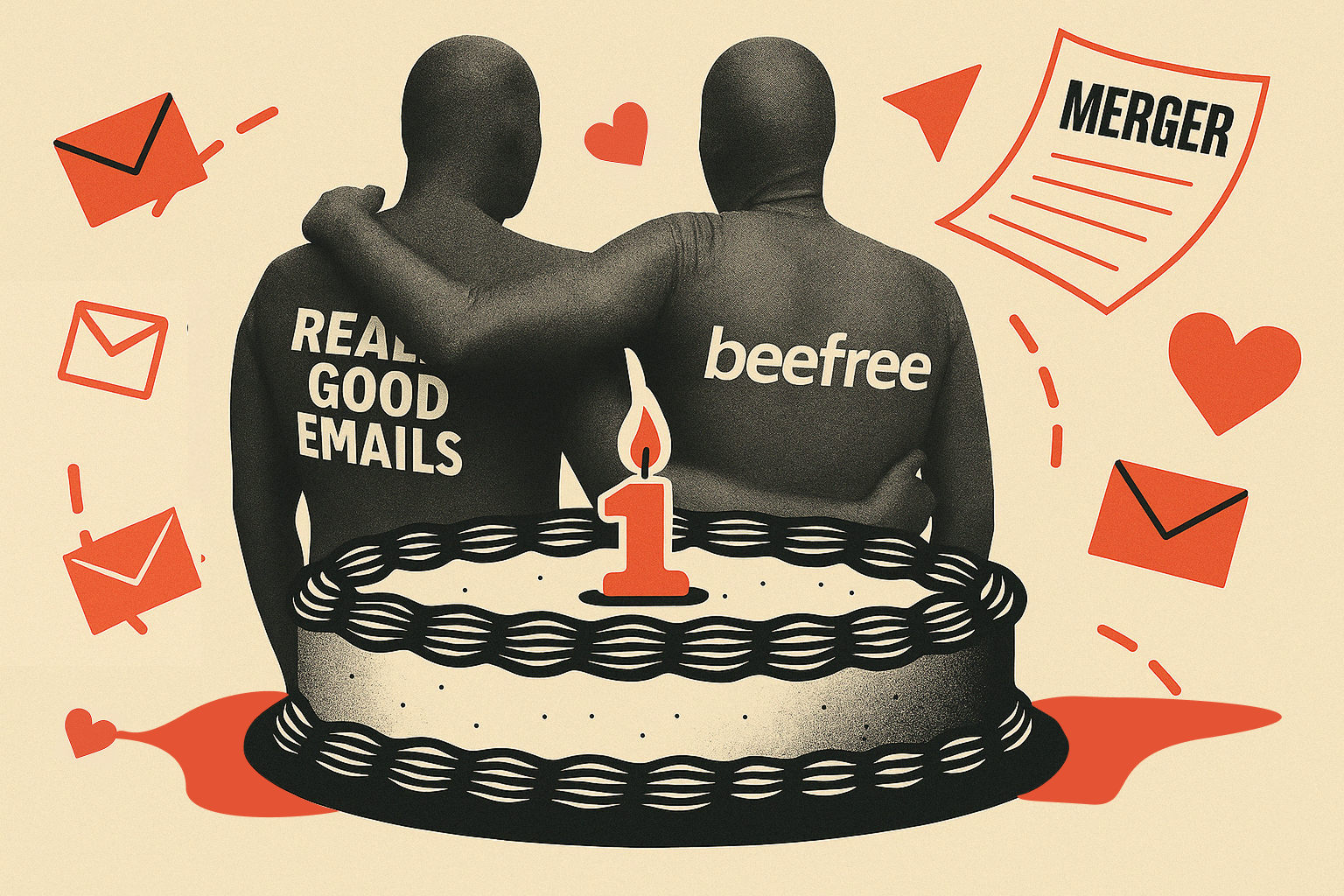We’re still riding the wave of speculation from Apple’s Privacy Protection announcement made two weeks ago. In the past week, we’ve come across more than a dozen articles citing how the update this fall to iOS 15 and macOS Monterey will either kill off email marketing as we know it, will be a benefit to customer loyalty, or land somewhere in the middle. That’s a wide range of opinions, so here’s what we know and some ideas of what you should do about it.
What is Apple’s Mail Privacy Protection?
Essentially, what Apple is doing is creating a feature that stops senders from gleaning information from those big brother tracking pixels that are inserted into their emails (either by choice or be default). In the words of Apple’s snappy PR team: “The new feature helps users prevent senders from knowing when [users] open an email, and masks their IP address so it can’t be linked to other online activity or used to determine their location.” This is done by automatically loading the content of the email once it is delivered to Apple Mail, which ultimately means that opens and IP address will be useless because it isn’t tied to the individual. But that also means that time stamps, forwarding, device identifiers, and even live content (like the cool countdown timers we use) will become useless too.
The Negative Nancy Perspective
Since we can remember, people have been saying that email is dead. For those who still believe that lie, the Apple Mail update is going to be the nail in the coffin because marketers will no longer know who opened the email. Their logic follows the line that everything is tied to opens, stating that if you don’t receive open information, then:
- Your reputation score will decrease and spam rates will increase (because you don’t know who is not opening)
- Your customer base won’t receive information based on things near them
- Your content that revolves around live content (eg. stock tickers) will be incorrect
- You can’t target the best time to send an email based on optimization algorithms
- You can’t use open-to-click rates as a key performance metric to determine the persuasiveness of the copy
- Some organizations that have relied heavily on open and location metrics will not see the value in continuing to email
There’s merit to what they say. We know that the data is very clear: to maintain great inbox placement, you must only send to the subscribers who will engage with you and stop sending to people who don’t. For newsletter-only publishers, who run 100% on read rates and not clicks (because all of their content is within the email), this will be very difficult for them to swallow. They are not accustomed to getting other actions out of their readers other than getting them to open it. This will be a shift in how their business outcomes are valued.
Even worse than those are spam traps. Spam traps are email addresses that don’t belong to real people but instead are used by inbox filters and blocklist providers to find senders who aren’t following best practices. Since the best way of finding a spam trap is by filtering out subscribers who consistently don’t open, keeping spam traps off your list will become very difficult.
The Cheery Charlie Perspective
Email is all about relationships, not open rates. Sure, open rates can tell you something about how effective your subject line copy skills are, but it doesn’t indicate how successful you are with connecting with your readers. Opens rates and list size are two metrics that are known as vanity metrics, and the new Apple Privacy Protection will force people and organizations to focus on:
- Deeper-impact metrics like click-to-convert, revenue per subscriber, or increased LTV
- Getting to know your subscribers better and use their profile data more
- Using actions as engagement metrics which are a better indicator of intent
- Finding new subscribers who act like engaged users rather than just getting anyone to sign up
- Actively unsubscribing people who are not adding any value to the email program
- Building a trustworthy channel so that emails stay in the inbox unlike organizations who don’t focus on the reader’s interests
When email creators focus on the myopic approach of opens, they miss the bigger picture and potential. When a sender optimizes for clicks, they need to continue to be valuable for the reader with every campaign. And that means that the emails that land in our inbox will continue to be ones that we want to engage with over time.
Ways to prep
You have until at least September (when the update is likely to hit devices) to make some moves. If you are only looking at open rates, then take this time to jump into your other data like the ball pits of your childhood. Here are some things to start doing now:
- Dust off your statistics skills and track important metrics. Keeping a log of how well you do on average will give you an indicator of how well you are doing compared to prior periods. What is good or bad compared to your median and standard deviations of those metrics? When you get some outliers in your data, what is your hypothesis regarding what moved the needle? You should also start tracking unsubscribes and spam complaints more closely as negative indicators, but also keep an eye on Lifetime Value or Return Visitors from Email Source.
- Optimize your re-engagement campaigns. Since we usually use an open as an indicator that someone is still interested, we will need to move past that metric to some other kind of action. This doesn’t mean that you should trash what you have been doing, but knowing that re-engagement will be more than an open will mean that you should be tying success to new copy, buttons, offers, lapsed time, etc. Now is the time to start testing to see what works, such as giveaways, mystery coupon codes, surveys, or profile preference updates.
- Use a control group. As we discussed at UNSPAM last year, you can siphon off an entire group of random people to see how effective your emails are by not sending to the control group at all. There’s a lot about how this works, which you can watch here. The gist is that you’ll see how important your emails really are by observing a subset of users who do not receive them at all. You may want to even segment your readers into most engaged (people who click 50% more than average readers) and average readers to see if you can influence the clicks from your average group more.
- Actively promote readers to update their profiles and preferences. The more data you have on an individual, especially what interests they have or how often they would like to receive your emails, the more likely it is that you’ll have an engaged reader. Use this data, such as birthdays, locations, company info, past purchase history, likes, and more to tailor your message that gets them to click. This also means that you may need to create a preference center.
- Encourage a click. We aren’t saying to game the system with empty promises or use link bait tactics, but there are other ways to get people to click more often. The best way is to make your email interesting and your copy compelling, but you can also try things like “share this unique code with friends” or “rate this email.” We envision that some senders will get creative and gamify the click process (much like they have for referrals) so that readers can keep track of points earned by clicking through or earn rewards for doing things to keep them in the “engaged” category.


